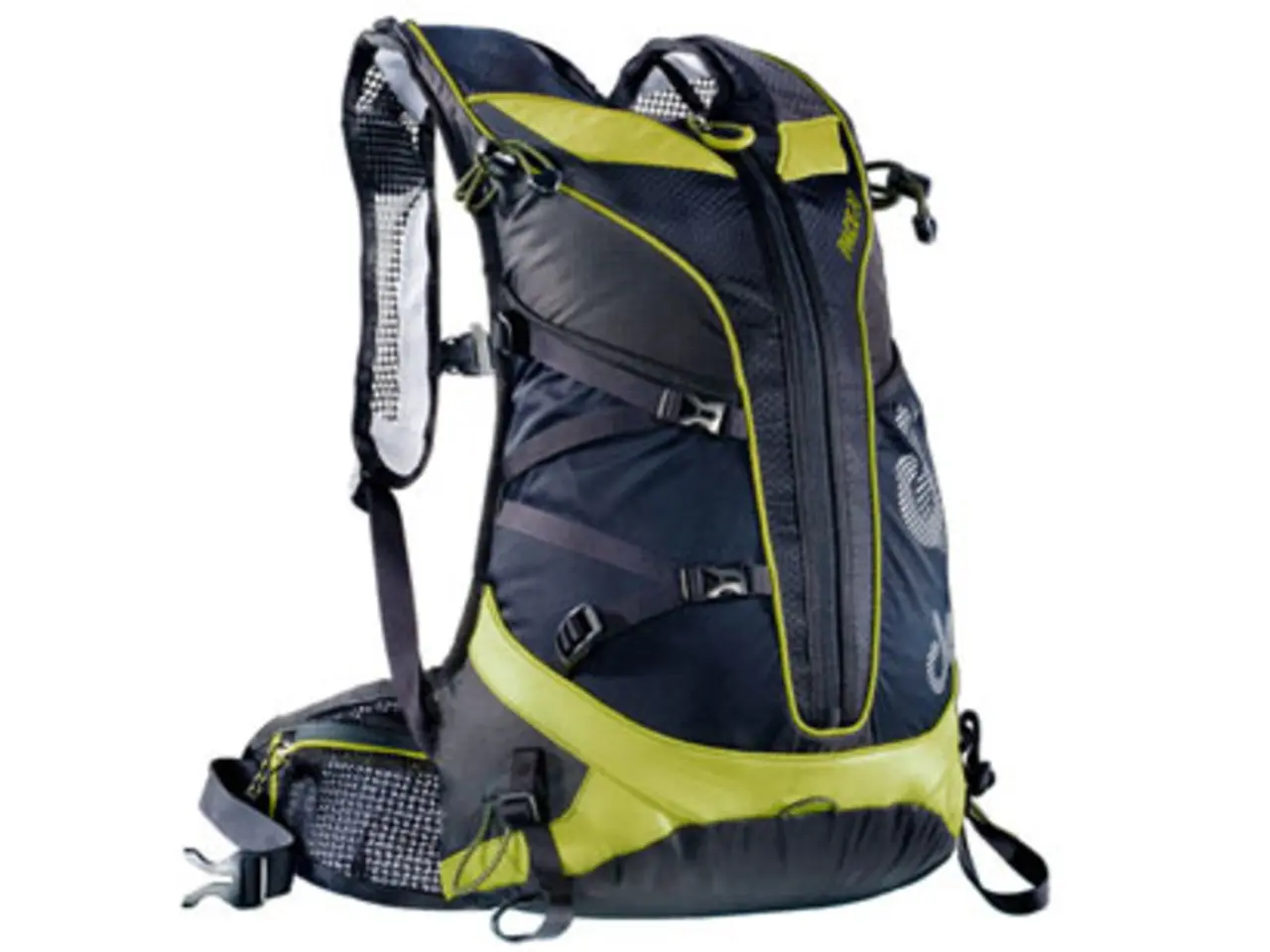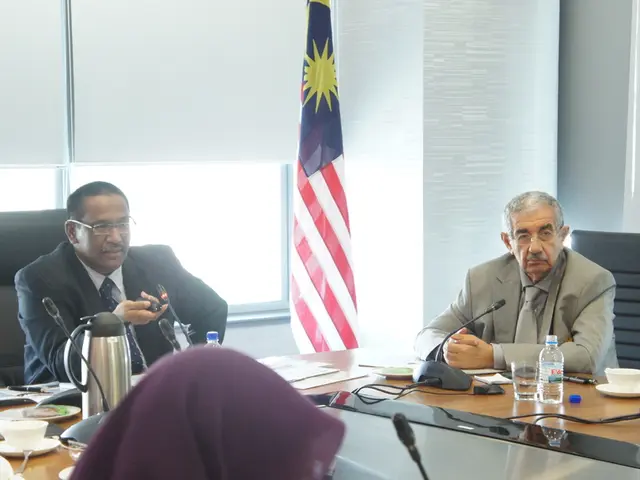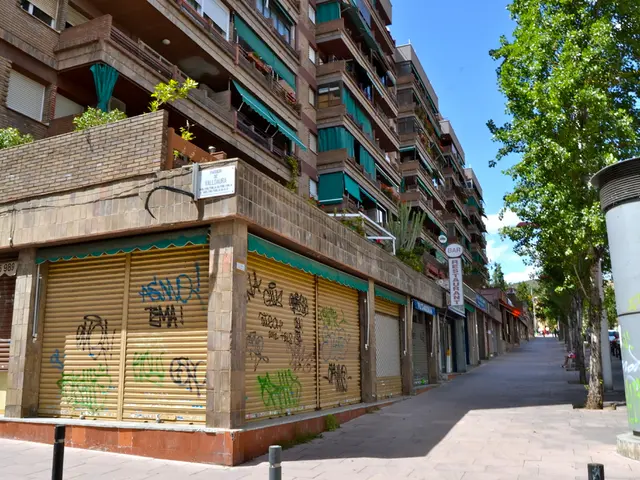Relaxed restrictions on liquids and gels at Dublin Airport: The use of two-litre bottles and fewer plastic bags now permitted.
In a significant move for air travel, the Dublin Airport Authority (DAA) has announced a relaxation of security rules at Dublin Airport. This change, welcomed by passengers and aviation experts alike, marks a departure from the long-standing 100ml rule that has been a source of frustration for many.
The heart of the change lies in the installation of advanced C3 scanners, a technology similar to CT scanners used in hospitals, which generate 3D images of bags. Dublin Airport is one of the first European airports to fully switch over to this technology, with the installation of 30 new C3 scanners across its two terminals.
This upgrade, part of a multi-million euro investment, allows passengers to carry up to two litres of liquids in their hand luggage. The type of liquids allowed to pass through in hand luggage is not being restricted, with common items such as alcohol, water, coffee, tea, gels, and pastes all permitted.
Liquids, gels, or pastes no longer need to be placed in a clear plastic bag, a requirement that has been a staple of air travel for years. Furthermore, electronics will no longer need to be taken out of hand luggage at security, streamlining the screening process.
However, it's important to note that while these changes have been implemented at Dublin Airport, not all airports across the UK and Europe are as advanced. Passengers should check rules on liquids for their return trips, as the rules might not be the same at the airport they are returning from.
DAA's chief executive, Kenny Jacobs, has hailed this change as a good day for passengers. Graeme McQueen, DAA spokesman, echoed this sentiment, stating that the removal of the 100ml rule is a significant step forward in enhancing the passenger experience.
The relaxation of rules is not limited to Dublin Airport. Shannon Airport also has C3 scanners and does not require passengers to put liquids in plastic bags or remove them from their bags at security. Fraport, a leading airport operator, has also announced it will install C3-Scanners at its airports in the coming weeks, allowing passengers a similar experience.
In addition to Dublin Airport, work on a new mezzanine floor equipped with C3 technology will start at Cork Airport this month, following a similar pattern to the upgrades at Dublin Airport's scanners. This development is set to further streamline the security process for passengers across Ireland.
In conclusion, the relaxation of liquid security regulations at Dublin Airport represents a significant step forward in enhancing the passenger experience. While it's crucial for passengers to remain vigilant and aware of the rules at their destination airports, the changes at Dublin Airport promise to make air travel more convenient and less stressful for passengers.




